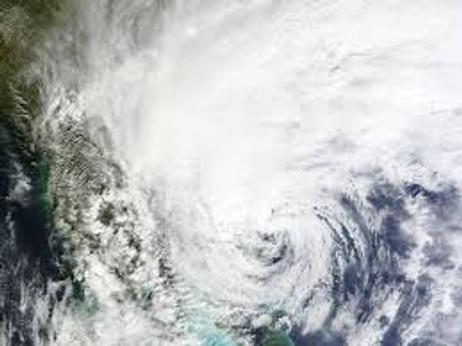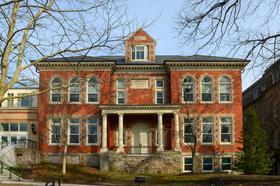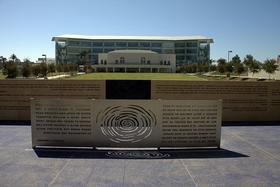The hurricane that ripped through the Northeast October 22 through November 2, 2012, left a trail of destruction that impacted every aspect of the lives of the residents there, including the children. Many students and teachers were left without a school to return to since the storm-ravaged school buildings to the point where they were not considered inhabitable. In addition to the challenges of the storm clean-up, schools that were currently being used as shelters had to find a way to allow students and strangers to live together harmoniously, at least for a short period of time. How did schools recover from unprecedented Hurricane Sandy? Very slowly, in some areas.
This video describes how Storm Sandy evolved.
Challenges Schools Faced
To understand the many challenges facing schools that were in the path of Hurricane Sandy, the went inside the thought process of one of New Jersey’s superintendents. Dr. James A. Crisfield, the superintendent of Milburn Township Public Schools, explained to the publication that many factors had to be considered before children could be allowed back into schools, including:
- Electricity - Many schools were still without power and they could not reopen until electricity was back on.
- Gasoline – Gasoline shortages across the region made it difficult to get sufficient emergency personnel and school buses running. In addition, faculty and administration were unable to make it to school due to fuel shortages.
- Damage – Water and roof damage was extensive in some of the hardest-hit areas.
- Transportation – Many of the school buses suffered damage. Fuel shortages made it difficult to get them back up and running. Fallen trees throughout the area made it difficult to get around some neighborhoods, making the running of regular bus routes nearly impossible in certain locations.
- Election Day Conflict – Some schools were slated as polling centers, but with damage to those schools, voters had to find other schools in order to vote.
Thousands of obstacles had to be worked through by school officials. Everyone involved in the process agreed that the extensive time away from the classroom was not good for students. In addition, many of those students that enjoyed the novelty of time off school at first were getting weary of the experience.
“After people are forced to stay home for more than a couple of days in a powerless, heatless house, they tend to want to go back to school, bus or no bus. The glitter has worn off this sleepover, this camping trip…” Crisfield told the Wall Street Journal.
New Jersey Schools Called Off Long Weekend
Many New Jersey schools were bringing students back on what would have been a four-day weekend. reported that Mercer County schools reopened on November 8 and 9, days that were originally slotted as school closures due to the New Jersey Education Association’s annual teacher convention, held in Atlantic City. When the convention was canceled, school officials decided to forget the four-day weekend in favor of getting students back into the classroom. Students and faculty who had made plans for the extended weekend were to receive special consideration.
This video shows the damage caused by Storm Sandy in New Jersey.
Schools Came Back to Life in New York City
New York City, like areas of New Jersey, was struggling to bring normalcy back to their residents in the wake of Hurricane Sandy. The reported that as many as 200 city schools suffered serious damage in the storm, but all but 40 were ready to open this last week. Students headed back after missing a full week of school due to the storm and subsequent damage.
“I know this is a great inconvenience for parents who may be missing work because they don’t have anybody to take care of their kids, but the bottom line is that there are an awful lot of schools that have received damage or don’t have power,” Mayor Bloomberg was reported saying in the New York Daily News. “It’s just so many that in the end, we need the next four or five days to clean up.”
This video chronicles the devastation caused in New York City.
Of the 200 schools that were not considered usable last week, 86 of those buildings were without power. Around 40 of those buildings were still without power at the close of last week, the day teachers were supposed to report back to work. They were scheduled to reopen a few days after the rest. Custodians were monitoring the situation in those buildings with instructions to alert principals of the schools as soon as power was restored.
An additional 76 schools in the New York City area were being used as shelters for residents who were displaced during the storm. Nobody knew when those residents would be able to leave the shelter for other locations. New York City Chancellor Dennis Walcott told the New York Daily News that shelter residents and students would have to learn to “co-exist” for a period of time.
The Situation In Staten Island
Staten Island, another area that was hit hard by the hurricane, was also looking forward to resuming classes. Teachers worked hard to get students back up to par with their studies after so many days missed.
This video shows the damage the storm caused on Staten Island.
“Missing a week is not something that is good for the education of our kids,” Mayor Bloomberg was reported saying at . “Parents and teachers will have to work together to help get students caught up on their work.”
Questions? Contact us on Facebook. @publicschoolreview















